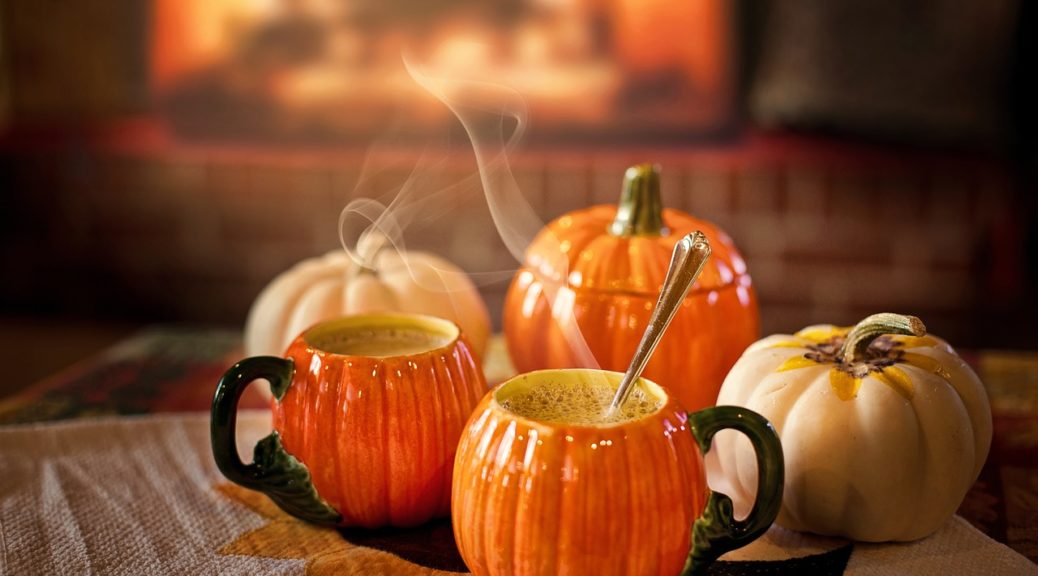Did Our Ancestors Celebrate the Fall Equinox?
Did our ancestors celebrate the fall equinox? The question is an interesting one, and left for much interpretation. Certainly, some of our ancestors did pay attention to the equinox, as marked by many paleolithic stone circles. However, if we’re talking about those ancestors in the Viking Age, the idea gets a bit more muddled. I’ll explain.
What Exactly is the Fall Equinox?

For those of you who don’t know, the equinox is the time when the sun shines directly on the equator. To explain how that happens, we’ll have to refresh our basic astronomy.
Our planet, Earth, revolves around the sun. One circuit around the sun equals one year. The Earth spins around its axis as well, and the length of time it takes to make one full revolution is approximately 24 hours. With me so far?

But the Earth’s axis is tilted compared to the plane of its path around the sun. The Earth is tilted because it “spins” similar to a top. But unlike a top, the Earth’s wobble occurs over millions of years, and not seconds, like the toy. Because the Earth is in a tilt, it stays in the tilt as it revolves around the sun. So, winter occurs in our hemisphere when our hemisphere is furthest away from the sun. That is the winter solstice. The equinox occurs midway between winter and summer solstice when the sun is equal distant between the North and South poles.
Did Our Ancestors Recognize the Equinox?
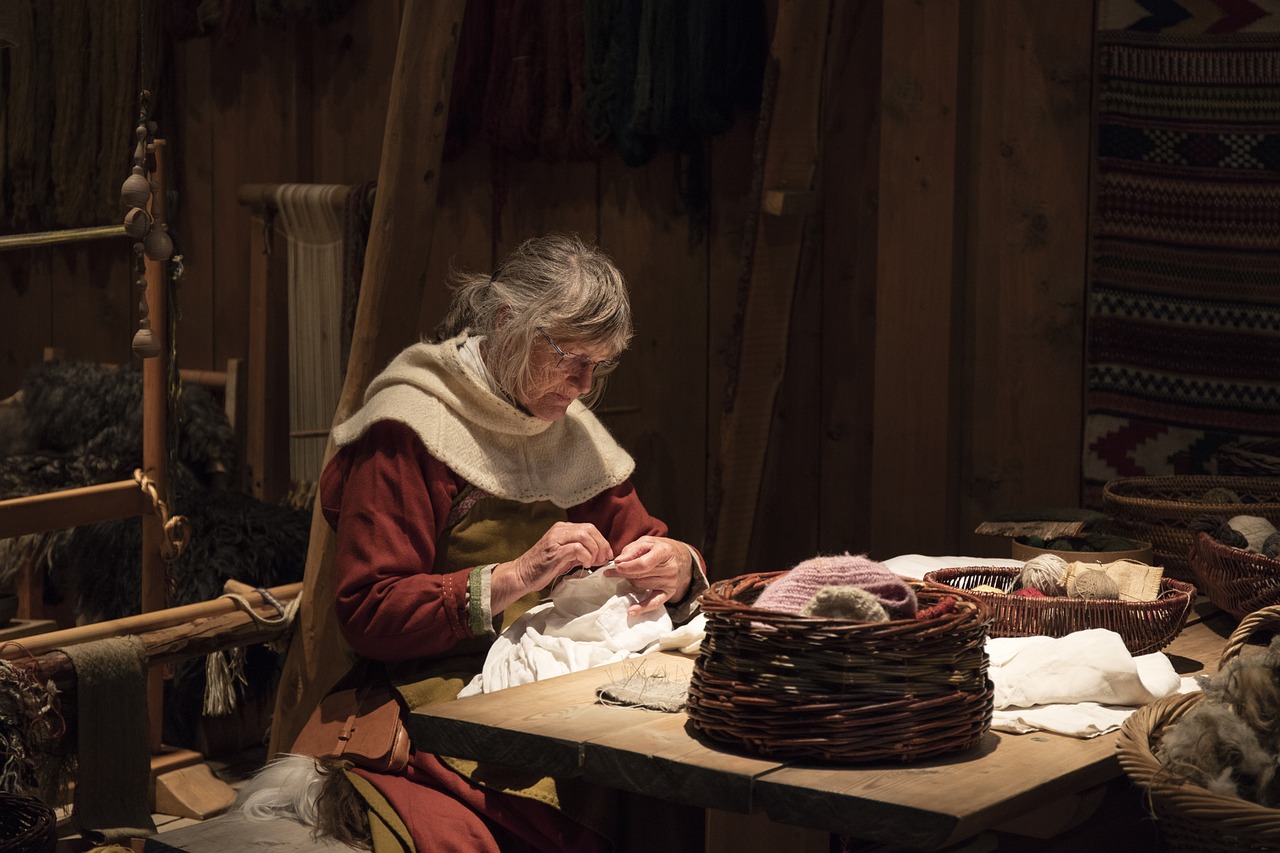
So, the equinox occurs when the sun crosses the equator, giving us a near equal day and night. Hence the name, Equinox, meaning “equal night.” But did our ancestors recognize the equinox, and did it have any special meaning to them? Did they celebrate the fall equinox? (Or spring equinox, for that matter?)
We can look at various archaeological digs and find that yes, our ancestors did know about the equinox, and in some cultures, it must have had a religious significance. Stonehenge and Newgrange are two archaeological sites that keep track of the solstices and eclipses. Other sites across Ireland and Great Britain may also track the sun.
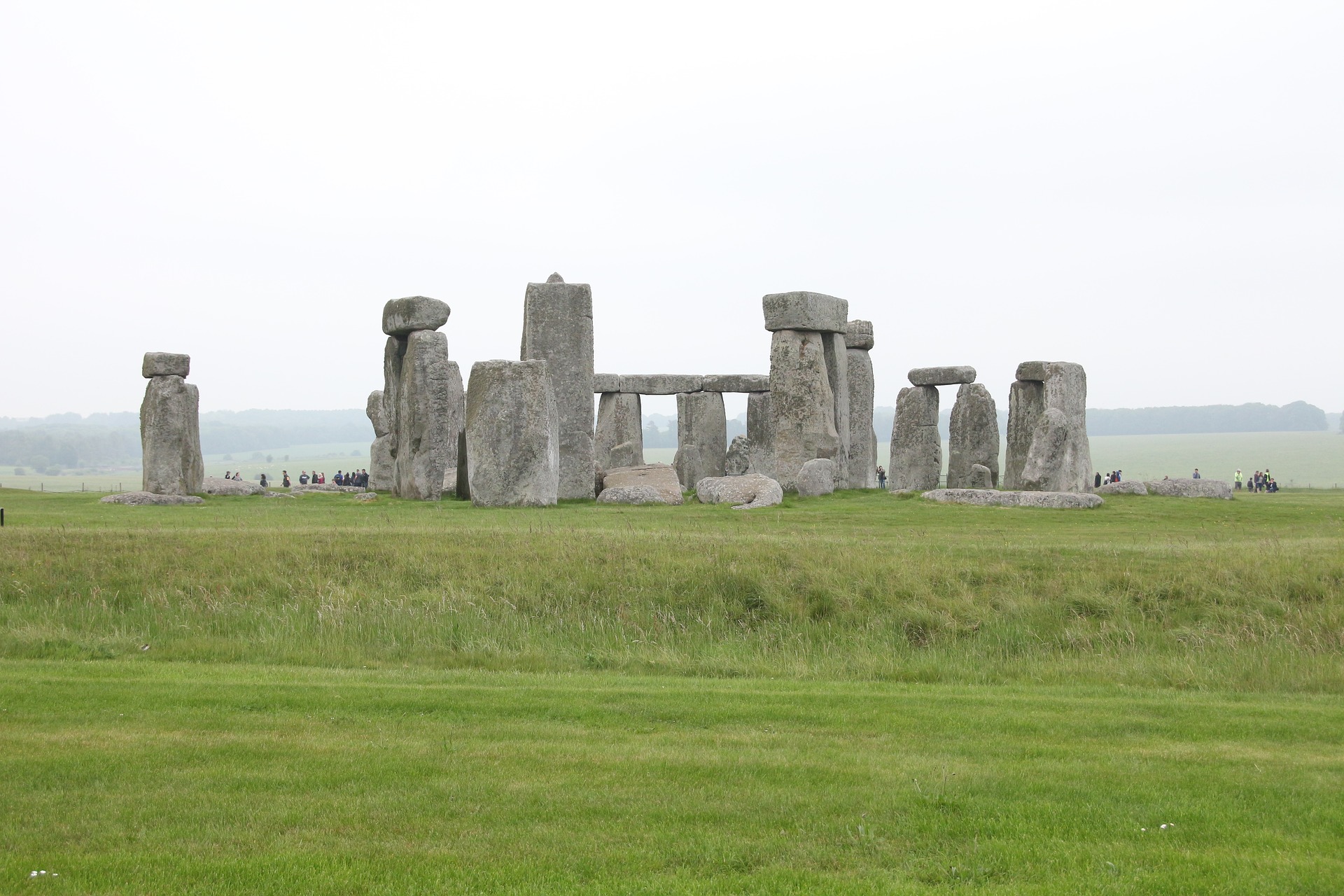
Other cultures, notably the Mayans, Chinese, Native Americans, and Egyptians also tracked the sun with their pyramids and monuments. So, it is likely that ancient European cultures were aware of the equinoxes. But how did our Northern ancestors celebrate the Fall equinox?
The Northern Ancestors’ Year
The Norse kept a calendar that had only two seasons: winter and summer. The reason is pretty obvious. There was snow, and there was no snow and farming time. The solstices seemed to have played a bigger role in Norse beliefs, hence Yule and Midsummer.
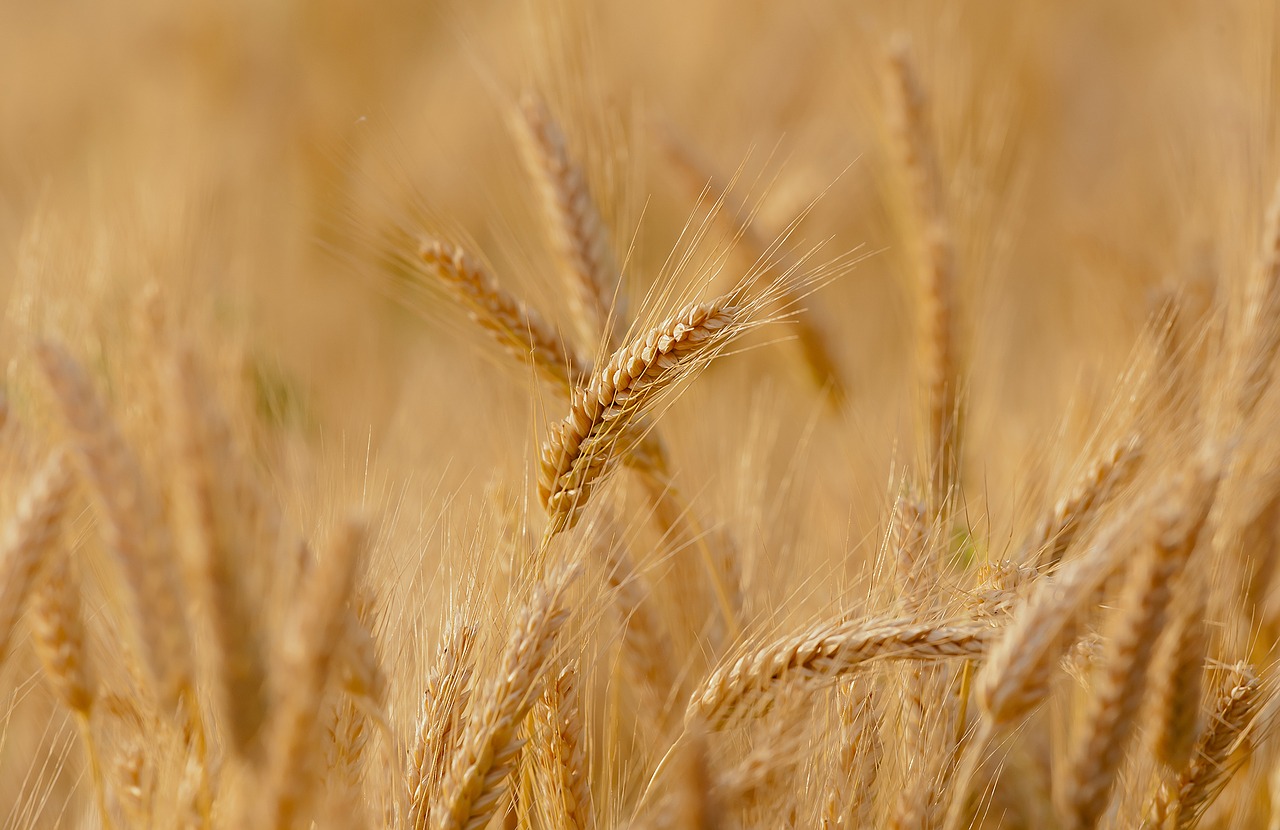
That being said, it doesn’t mean that the peoples in the Viking Era weren’t aware of the equinoxes. Certainly, during the fall equinox, people were busy with the harvest. But they would hold harvest festivals to celebrate and give thanks for a good harvest. I can’t imagine that they wouldn’t mark the equinox in some fashion, since it meant the night would overtake the daylight. No doubt many Northern peoples looked at the equinox as the herald of the upcoming winter darkness.
Solstices were More Important
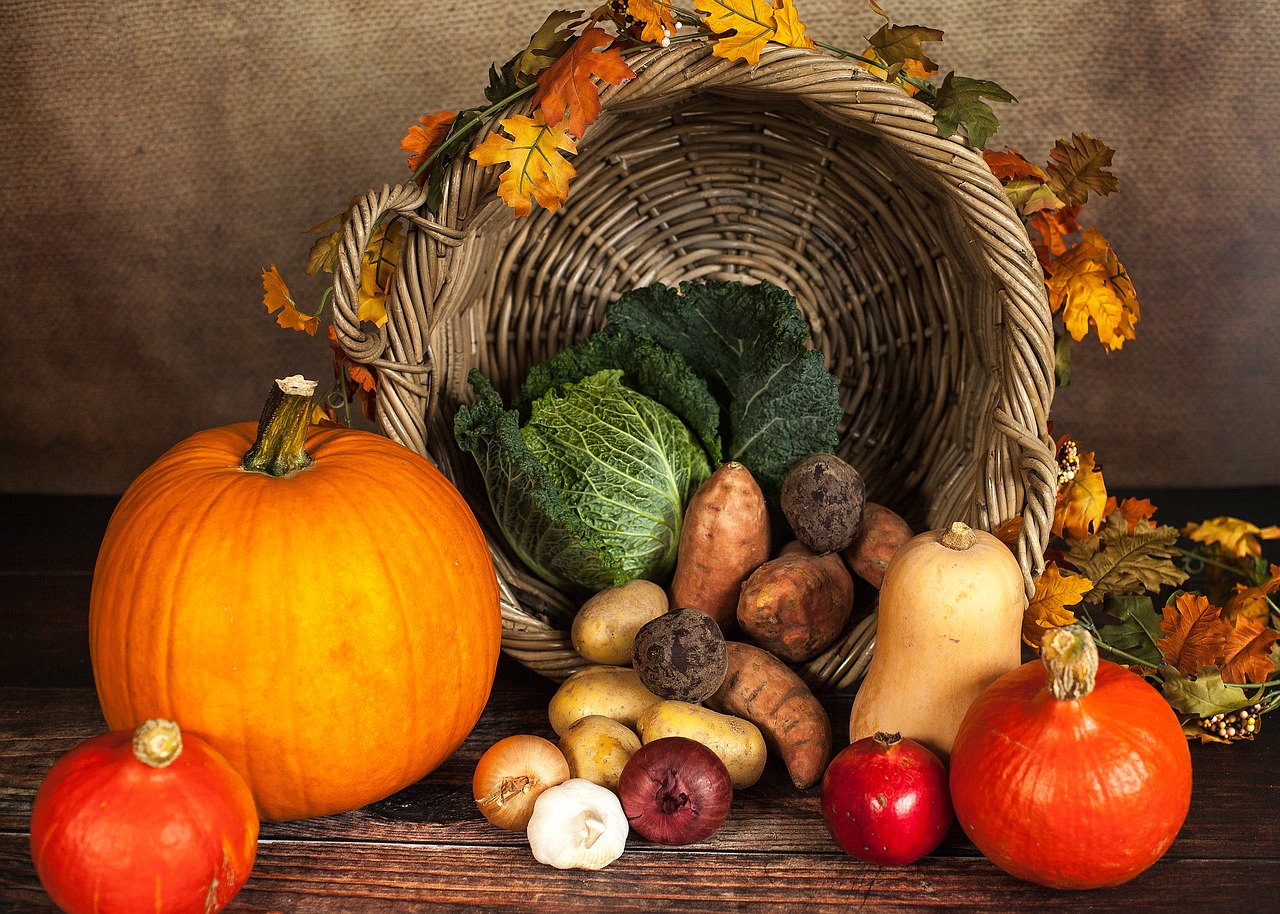
Other pagan cultures celebrated Mabon, and today we have Winter Finding. As much as I would like to think the equinoxes were important, I suspect that the Solstices were more so. The first month of winter is in October in the old Norse calendar, and the first month of summer is in April. So, obviously the spring and fall equinox wasn’t as important as the solstices. But, they still had some importance. Eostre was celebrated close to the spring equinox and harvest celebrations were close to the fall equinox.
As always, if you have insights, be sure to let me know.
—
A special thanks to Sarra Keene for being my patron on Patreon! She helps make this blog possible. You can become a patron like Sarra and support great Heathen content for the cost of one latte a month! Check it out: Become a Patron!
